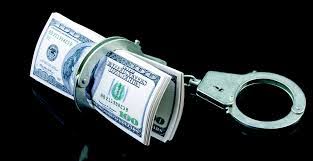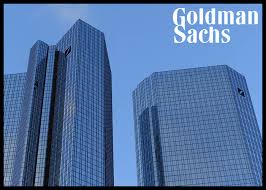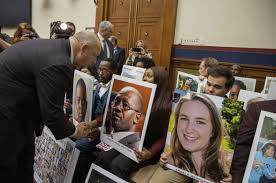The Recurring Business Question — Increase Profits Versus Compliance with the Law?

There is much to be learned from reviewing the wreckage of a major Justice Department enforcement action. It is helpful to identify these themes, analyze the conduct and reasons for the violation, and identify helpful insights that can be applied to your company or project.
Two significant enforcement actions in 2020 highlighted an important issue that lies at the heart of every company’s culture, especially from senior leadership. These two enforcement actions are the Goldman Sachs FCPA enforcement action, and the Boeing safety scandal . Each of these cases highlights an important inquiry: How did senior management resolve the fundamental question of what takes priority – profits versus compliance?
In each case, the answer was clear – senior management chose increased profits despite the clear violation of law. It is astounding that senior management from prominent companies would make the choice on the side of business and ignore any consideration of legal compliance. In the age of aggressive enforcement and legal risks, senior managers who embrace business with no meaningful consideration of legal violations are deficient leaders – another profound grasp of the obvious. This phenomena suggests that despite broad pronouncements of commitment to ethics and compliance, many senior managers – when push comes to shove – are willing to break the law to advance business objectives.

Compliance officers have to acknowledge this reality. Instead of dedicating most if not all resources to middle managers and employees, chief compliance officers have to increase scrutiny and assessment of senior management. To do this, a C-Suite risk assessment, financial and compliance monitoring, and C-Suite financial audits are basic requirements that need to be addressed.
Let’s look back at the problem of C-Suite misconduct in the two cases I listed above.
Goldman Sachs
In the Goldman Sachs FCPA case, members of the C-Suite were involved in crafting and carrying out a significant bribery scheme, with the assistance of a dubious and high-risk third-party, Jho Low, who failed internal due diligence on repeated occasions. The bribery scheme was detailed by Jho Low to Goldman Sachs’ leaders of the Asia Division and head of Malaysia’s office. The triumvirate carried the scheme out to earn hundreds of millions in Goldman fees and to personally benefit each of the three participants.

Aside from these three bad actors, Goldman participants in the Global Review Committee turned a blind eye when questions were raised as to whether Jho Low was involved in the proposed transactions, and when deal proponents failed to provide important follow up information requested by the Committee.
After the scheme was executed and allegations were raised about bribery surrounding the deals, senior executives failed to respond after learning about specific allegations. A number of the senior executives buried the allegations, and ignored the claims, in favor of earning firm-wide bonusses based on company earnings. The Justice Department and the SEC were shocked to learn by reviewing internal recordings exactly how senior management failed to respond and react.
Boeing Safety Scandal
The Boeing safety scandal surrounding the Boeing 737 Max resulted in two tragic crashes, resulting in the death of 346 passengers. Boeing’s criminal conduct centered on two of its 737 MAX Flight Technical Pilots, who deceived the FAA about an important aircraft part called the Maneuvering Characteristics Augmentation System (MCAS) that impacted the flight control system of the Boeing 737 MAX. Because of their deception, a critical document published by the FAA lacked information about MCAS, and in turn, airplane manuals and pilot-training materials omitted information about MCAS. The two tragic plane crashes were the result of the MCAS system and the failure to ensure awareness of and training for use of the MCAS in certain flight situations.

The two pilots withheld critical information about the MCAS operations that would have resulted in pilot training on MCAS and potentially avoided the two Boeing 737 MAX crashes. Their conduct is even more reprehensible when their deception continued after the initial Lion Air crash occurred and the MCAS was identified as a possible reason for the crash. Their silence after the Lion Air crash is a terrible fact since the pilots knew full well what the risk was but they chose to keep quiet. We can all agree on condemning their conduct, but their failure to act and speak up occurred in a corporate culture that did not prevent them from continuing their criminal conspiracy.
Boeing’s culture elevated profitability over safety. That is not surprising. Yet, DOJ makes no mention of Boeing’s culture, its failure to embed the importance of compliance, and the leadership failure at Boeing to ensure implementation of a culture of ethics and compliance. This is the fundamental point – senior leadership pressured managers and employees to meet deadlines even at the expense of safety. There was no attempt to uncover such deficiencies in the production process, and there is evidence demonstrating on numerous occasions when safety concerns were raised, senior managers ignored them, shuffled the concerns to the side and focused only on reducing safety compliance costs.















